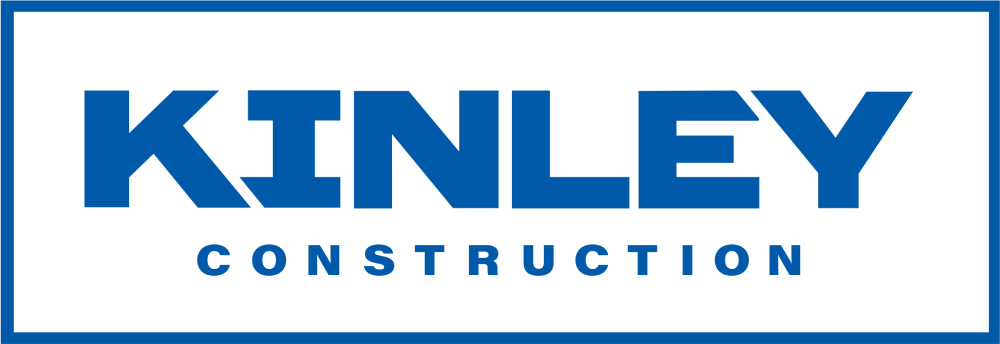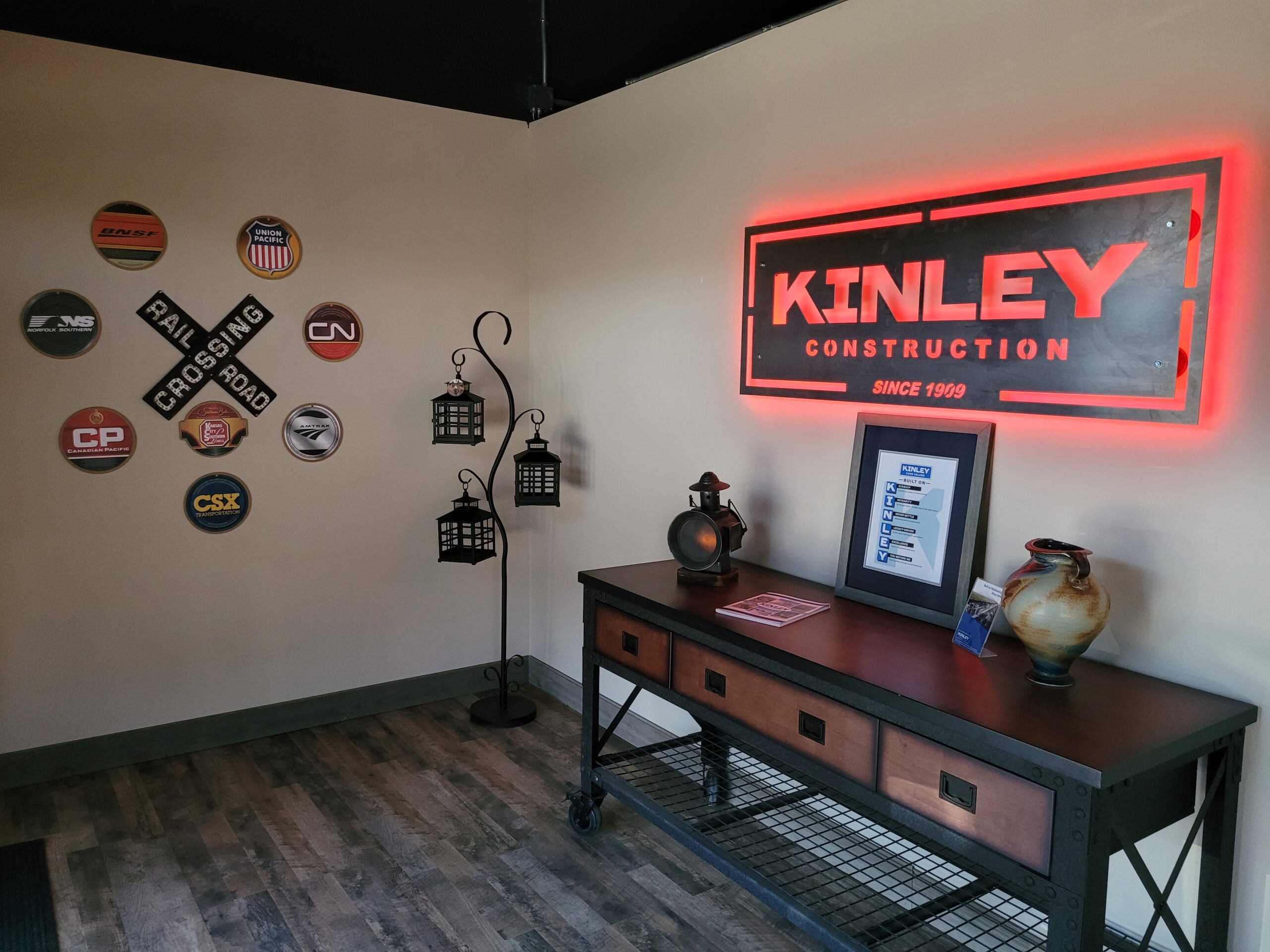The True Cost of Taking the Low Bid
PART 2
Kinley Construction has over 125 years of industrial experience. Our legacy spans six generations. Through this deep experience we’ve seen firsthand, as both a general contractor (GC) and subcontractor, the repercussions of accepting a low bid option. We understand the high costs typically associated with industrial construction make the allure of a low bid especially tempting, whether you’re the end customer or GC.
It’s certainly possible for the low bid to be the best (maybe only) option in a bid process. However, it’s critical to also consider the pitfalls that can result from a low bid. These include a lower level of expertise (and the foresight to see problems before they occur), hidden costs (not apples to apples with other bids), and/or rework required due to lower quality workmanship or materials. All of these pitfalls can quickly evaporate any “savings” a low bid offers.
Part one of this post reviewed six common pitfalls to consider when evaluating the low bid on an industrial construction project. This post discusses five more pitfalls to consider. These include:
- Material Wastage: Inefficient use of materials can lead to significant wastage and increased project costs. Our team’s expertise ensures optimal material utilization which minimizes waste.
- Contractual Penalties: Breaching quality standards can lead to financial penalties. With Kinley Construction, clients are assured of work that not only meets, but often exceeds contractual standards.
- Equipment Wear and Tear: Improper use of equipment can lead to faster degradation and increased maintenance costs. Our team is trained to use equipment safely and efficiently, ensuring longevity and optimal performance.
- Long-term Maintenance: Poor work quality can lead to increased maintenance costs in the long run. Kinley Construction’s commitment to quality helps ensure our workmanship stands the test of time.
- Opportunity Costs: Delays and disputes can cause customers to miss opportunities. With Kinley Construction, clients are assured of timely project completion which minimizes the risk associated with missed opportunities.
In summary, there are multiple risks to taking the low bid on any project but if the pitfalls we’ve discussed in these two posts are considered and directly addressed, the low bid can be a viable solution. However, don’t be surprised if the low bid ends up sacrificing some level of expertise, comprehensive design and associated efficiencies, and quality of workmanship and equipment.
In short, a low-bid mentality in bidding a project is often short-sighted.
Take it from a company with more than 125 years of industrial experience–investing time to ensure potential pitfalls of a low bid are fully addressed is not only a smart thing to do, it’s the right thing to do. Though Kinley actively participates in bid processes, we believe the best approach to industrial projects is design-build.
But that’s a topic for another day.


